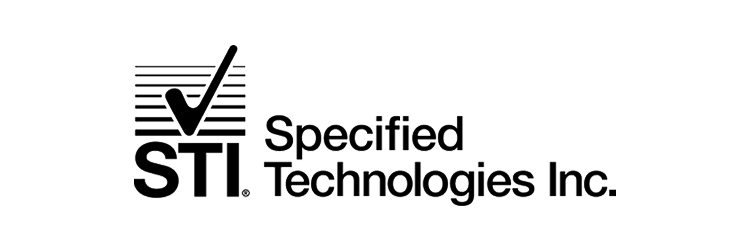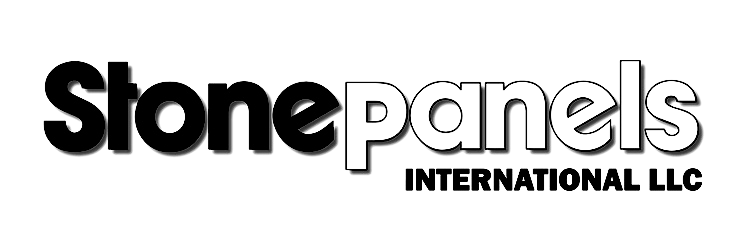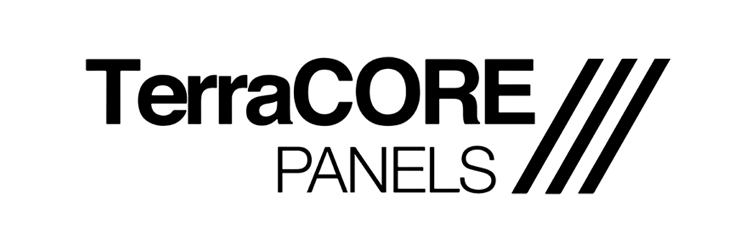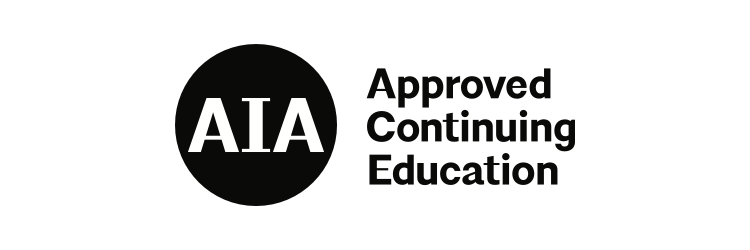Mid-Atlantic
EVENT THEME
Detailing High-Performance Facades: Cladding Decisions and Sealant Strategies
Today’s high-performance facade standards require the deft balancing of aesthetics, technical detailing, and the demands of the client and local building regulations. This workshop will discuss both material and technical solutions to meet those standards. Experts will be on hand to lead tutorials on the most recent innovations in rainscreen cladding, sealant solutions, and much more. Attendees will leave with a greater knowledge of material applications at the cutting-edge of energy performance and code compliance, all while learning of attractive solutions for clients and end users.
view_agenda Agenda
10AM - 11AM
- Credit type: 1 AIA HSW LU
- Provider: STI Firestop
- Presenter: Eric Lacroix
This course provides an update on the advancements in perimeter fire containment systems for galvanized backpan assemblies. The value of understanding the performance of galvanized backpan assemblies in today’s ever changing complex designs cannot be overstated. By identifying the unique challenges that these assemblies present in the design phase, you can eliminate costly changes, delays, and compromised life safety requirements prior to construction.
Learning Objectives
- Define the role and value of perimeter fire containment systems in today’s ever changing and complex galvanized backpan assembly designs.
- Identify the code requirements for perimeter fire protection.
- Describe how galvanized backpan assemblies perform per ASTM E 2307 testing and the importance of independent third-party testing for perimeter fire containment systems.
- Recognize the complexity of aluminum framed galvanized backpan designs and how to address them
11AM - 12PM
- Credit type: 1 AIA HSW LU
- Provider: Atlas Roofing
- Presenter: Lance Williams
Complex project designs & evolving enclosure material options combined with demanding weather conditions & confusing product performance attributes can be challenging to synthesize. Because thermal value code targets are increasing, along with the uncertainty of future energy costs & weather patterns, getting the project’s insulation strategy right is critical. This session examines the performance attributes of exterior insulation options under real world conditions to better enable the design & installation of higher performing, more resilient and durable walls.
Learning Objectives
- Understand current building code requirements and testing methodologies for fire propagation and smoke development. Given assembly testing following the Grenfell tragedy, attendees will better understand NFPA285 fire propagation testing in relation to actual material properties and performance.
- Review material properties governing moisture and air performance as they pertain to conditions encountered in rainscreens and masonry veneers so as to best understand the actual performance characteristics of insulation specification choices.
- Understand conditions that pose unique challenges, including multiple drain planes, drainage efficiencies, increased water absorption, and water vapor transmission. Recognize risks associated with exterior insulation when used in combination with cavity insulation, interior vapor retarders, and low-perm water-resistive barriers.
- Understand the effects of wind-washing and convective heat loss in modern rainscreen systems. Identify and prevent conditions that jeopardize the thermal insulation layer, which may in turn affect moisture transfer and overall wall performance.
12PM - 1PM
- Credit type: 1 AIA HSW LU
- Provider: TerraCORE Panels
- Presenter: John Penta
This course provides details and information in exterior facade applications using porcelain panels. Provides knowledge on sustainability values in the material itself and installation process and also gives a full understanding of design possibilities.
Learning Objectives
- Review of Ventilated Facade credit contributions to LEED-NC and LEED-EB building standards
- Working knowledge of the Ventilated Façade Rain Screen building envelope system
- Benefits of the Ventilated Facade system related to energy savings, building environmental health and protection of the building structure
- Design hints that insure an economic envelope solution and efficient construction process
1PM - 2PM
- Credit type: 1 AIA HSW LU
- Provider: Stone Panels
- Presenter: Roger Geraets
This course is an introduction to the timeless beauty of natural stone, manufactured for use as a lightweight façade alternative to traditional masonry materials when planning a new project. Participants will get an understanding of the extraction of common types of stone suitable for lightweight manufacturing. The process by which dimensional stone slabs are fabricated and bonded to aluminum honeycomb, and an education in the various finishes that can be achieved on lightweight panels for specific architectural features, such as cornices and other design conditions. Lastly, the participants will learn about performance testing, LEED benefits, the speed and ease of lightweight stone panels, and how lightweight stone can reduce design, engineering, and installation costs.
Learning Objectives
- Understand how natural stone can be selected and extracted using sustainable practices, and provide the basis for creating lightweight stone panels.
- Learn about the manufacturing process of creating a lightweight stone panel, which utilizes less stone in the process and saves natural resources.
- Identify the various aesthetc options available and architectural features that can be achieved when using lightweight stone panels.
- Discover how utilizing lightweight stone panels can meet structural performance requirements, are safe in extreme environmental conditions, can achieve LEED credits, and can help reduce design, engineering and final installation costs.
2PM - 3PM
- Credit type: 1 AIA HSW LU
- Provider: Kingspan
- Presenter: Andrew Wilson
Insulation has come a long way from the days of traditional foams, fiberglass and mineral fiber products. Today’s rigid insulation board technologies offer architects and builders choices that can optimize energy efficiency, moisture resistance and fire performance – and provide thinner walls to increase leasable space and ROI. Specific rigid insulation board technologies are suitable for foundations, floors, walls, and soffits. By understanding these technologies, architects can select the best insulation type for each part of a project.
Learning Objectives
- Describe the three methods of heat transfer and how insulation addresses each one.
- Describe several types of rigid insulation board technologies and their “fitness for use” in different applications.
- Discuss strategies for designing thinner walls while maintaining or increasing thermal performance.
- Identify the fire performance characteristics of different rigid insulation board technologies.








